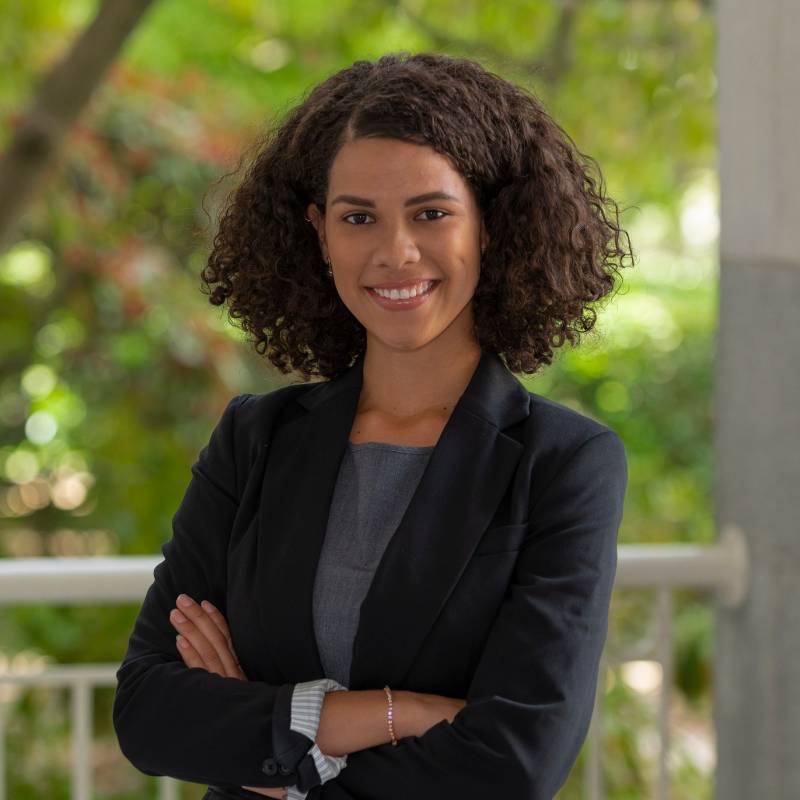Self isolation is a policy, but it’s also a choice. And Tesha Morris is concerned about the well being of one particularly vulnerable population that has no choice.
Suddenly, many Californians are becoming aware of the psychological impacts of social isolation. But my awakening came years ago when I walked into a facility and my bones shivered as the coldness from the room met my face. Each individual room was dark and bare. Barren with no personal belongings, no pictures on the walls, no games or arts and crafts. It resembled a basement that children would avoid.
Except this basement-like place was built for children.
It was my first tour of a California county juvenile detention center, but in a sense, I’d been there before I even knew it. My mother was detained in juvenile hall when she was 16 and pregnant with me. But it was through my visit as an adult that I realized the gravity of the injustices we inflict on our incarcerated youth.
California has the ninth highest youth incarceration rate in the nation. The lessons we are all learning now about the costs of isolation and distance are not new lessons. It’s the reality of incarcerated youth and a health emergency in its own right. But now it has gotten worse. The COVID-19 pandemic has indefinitely stopped family visits for the 6,700 young people housed in these facilities, placing youth in further isolation.
